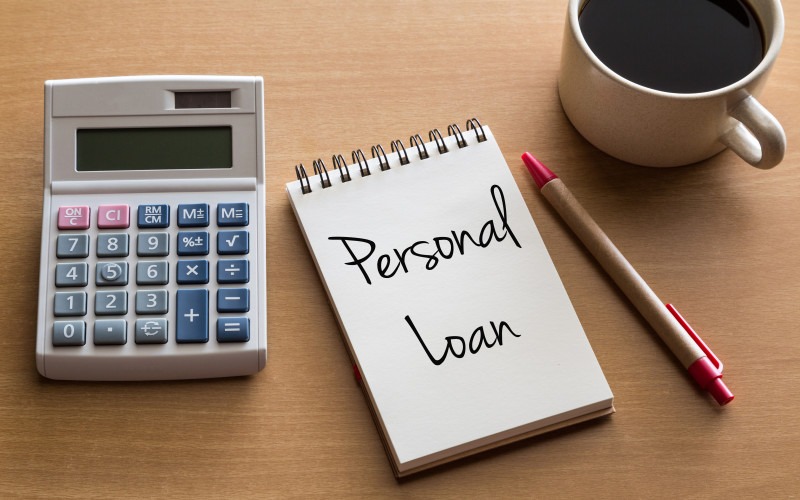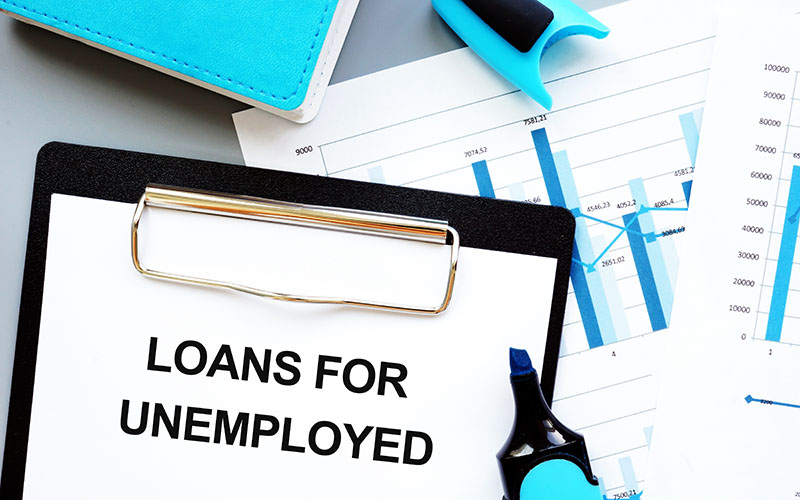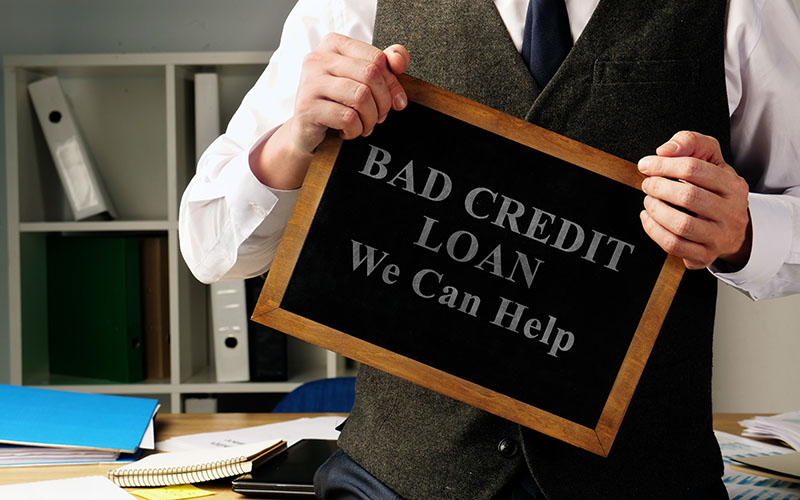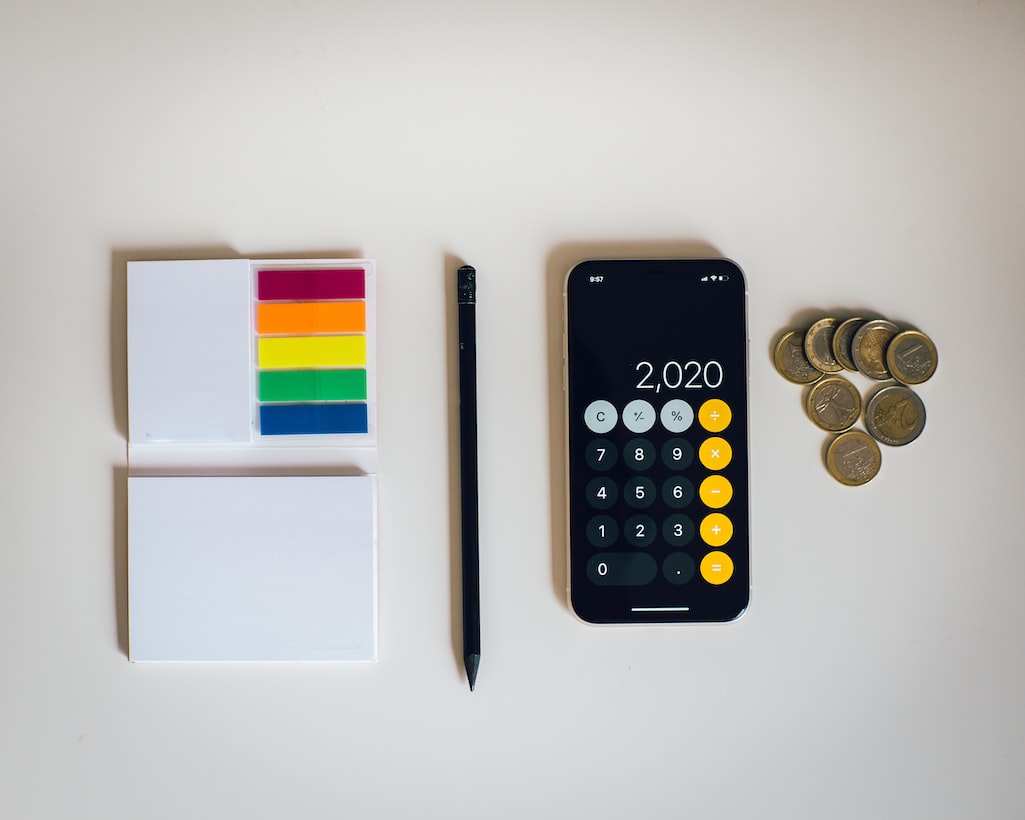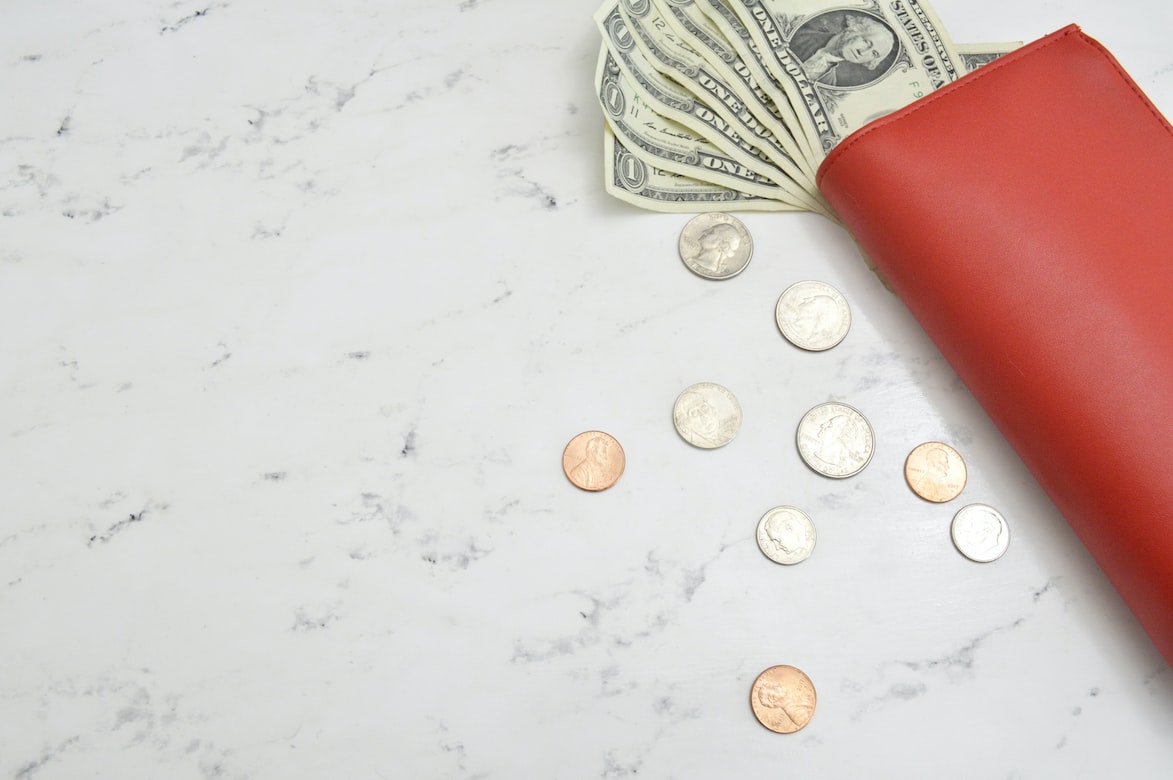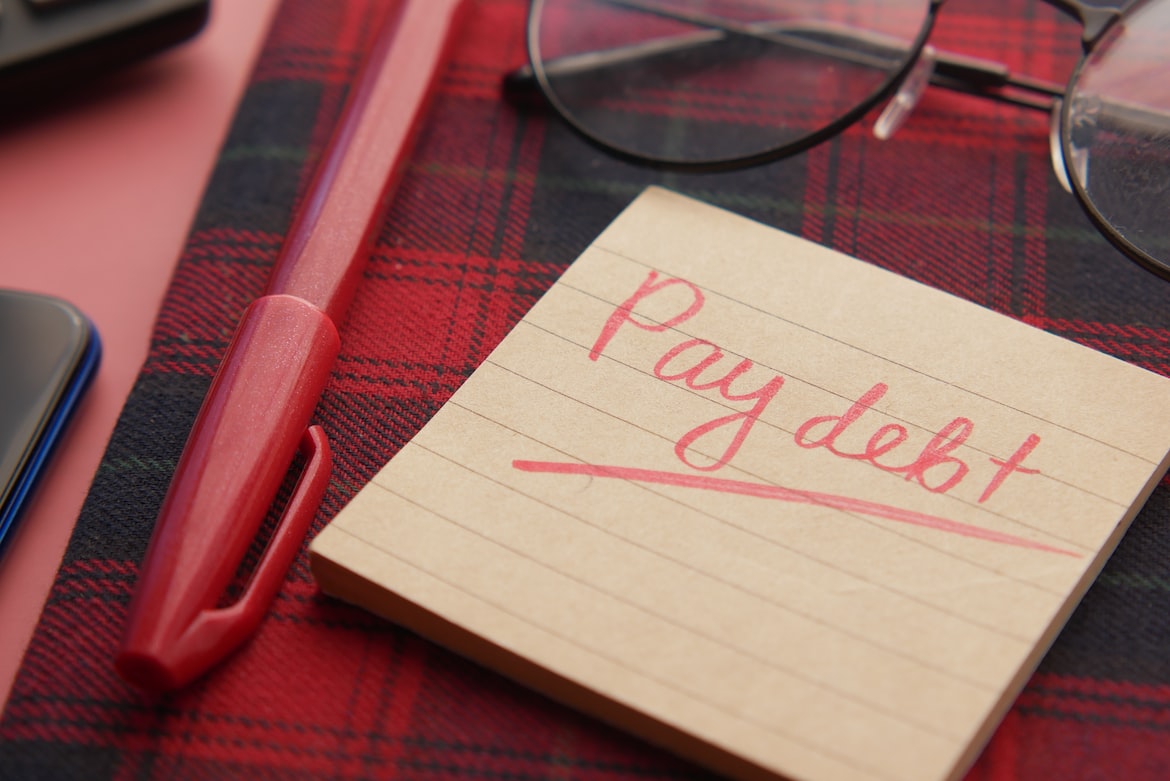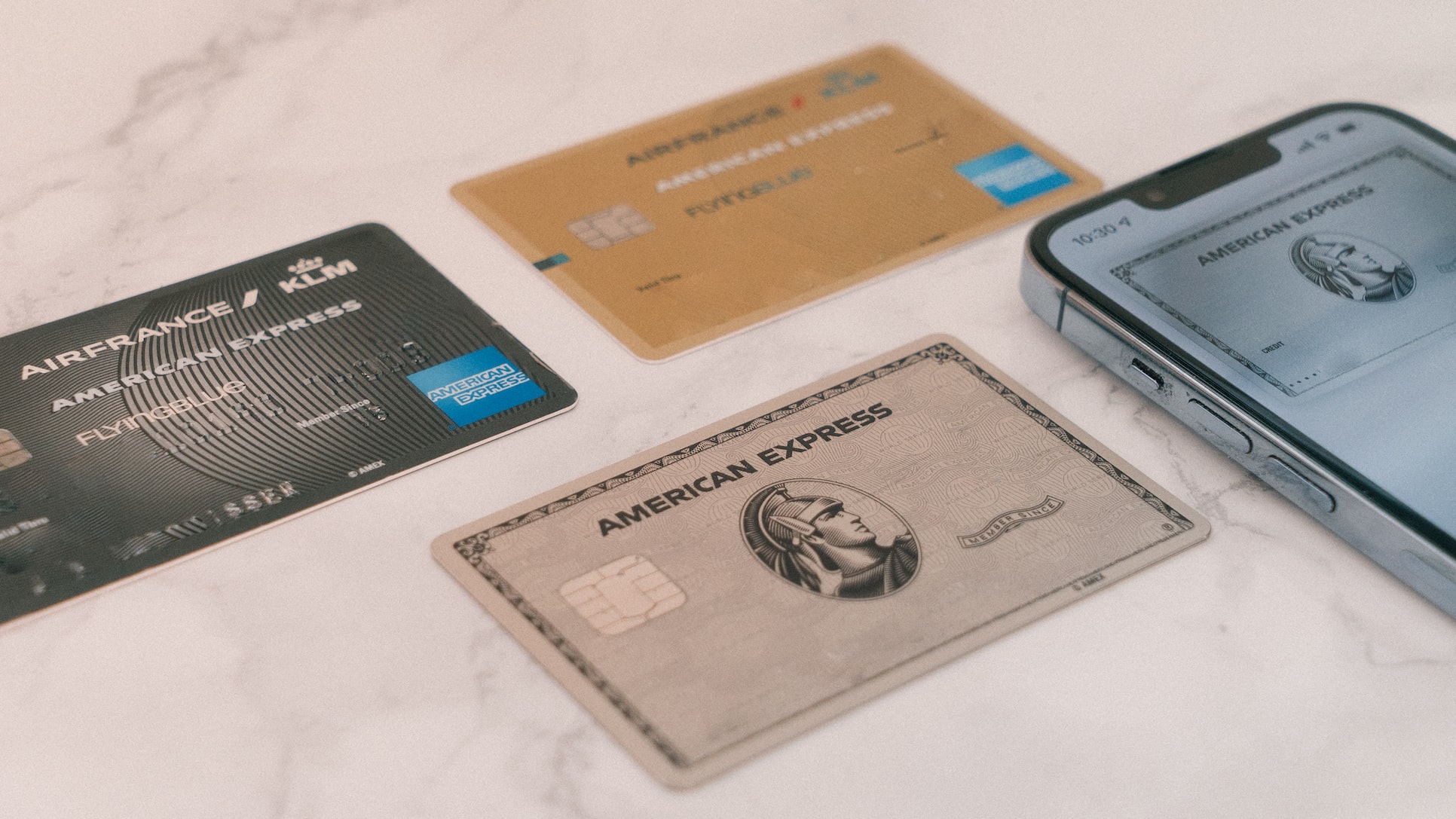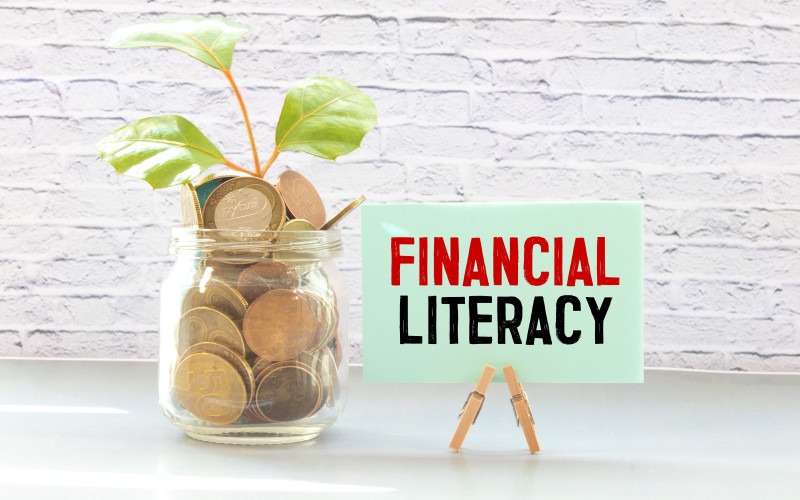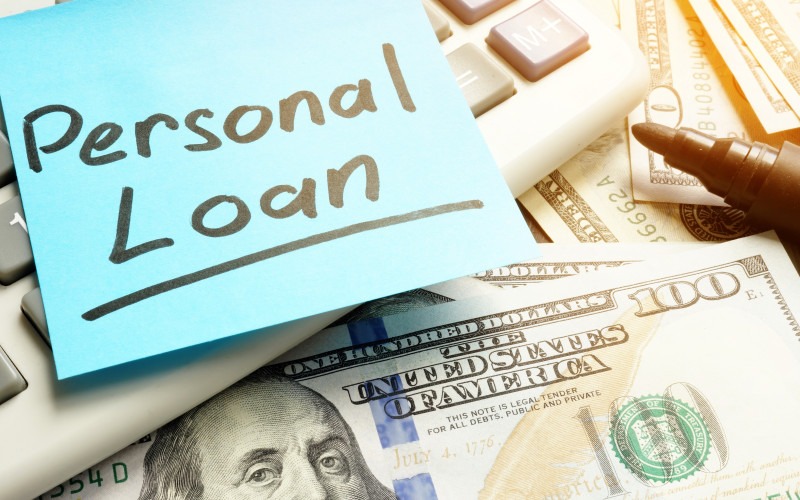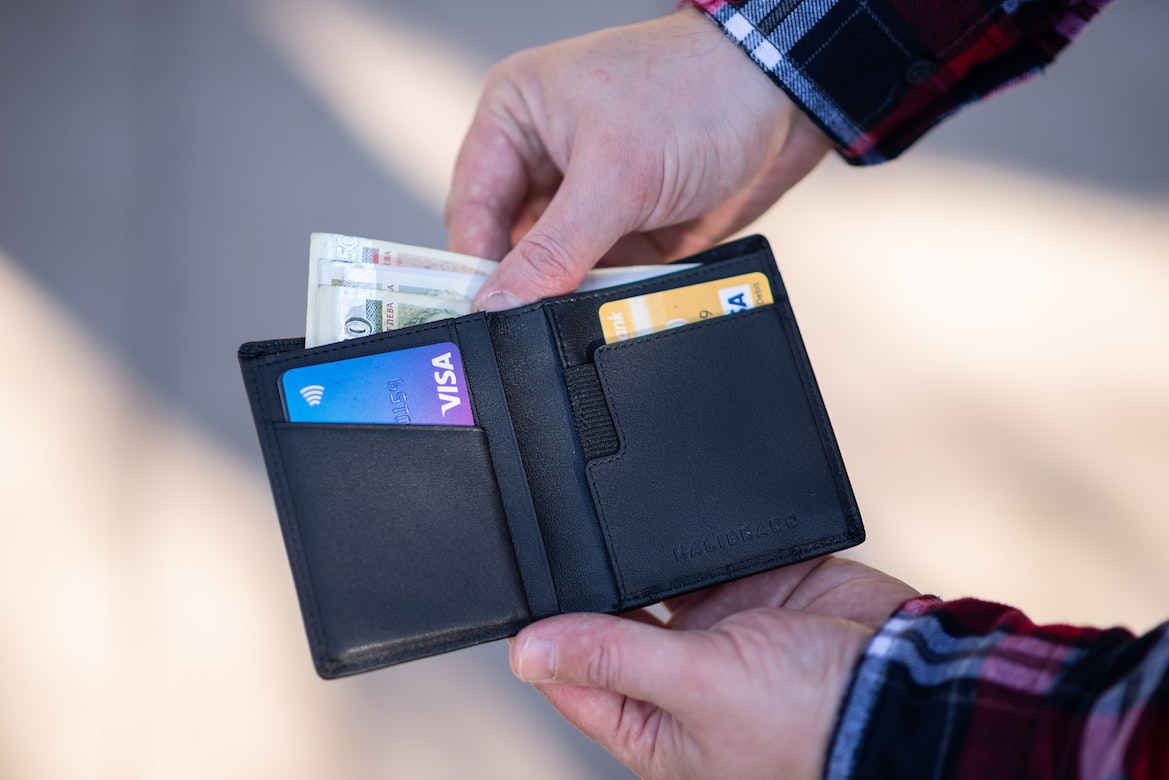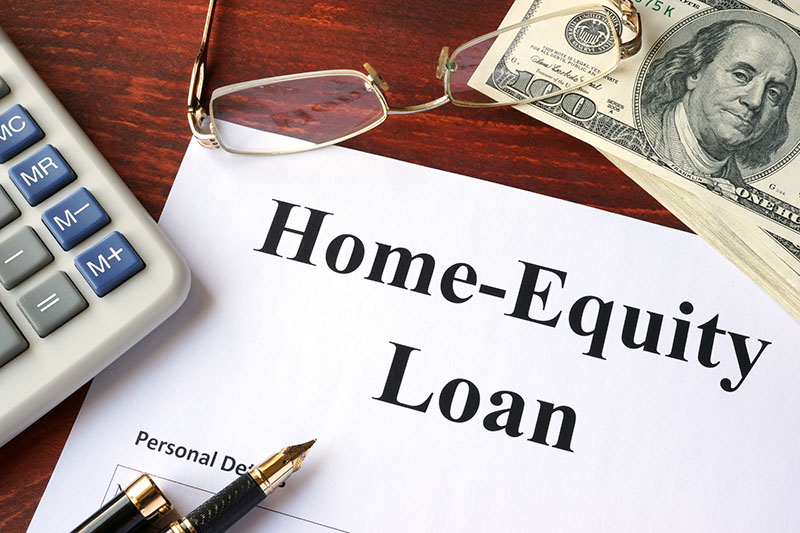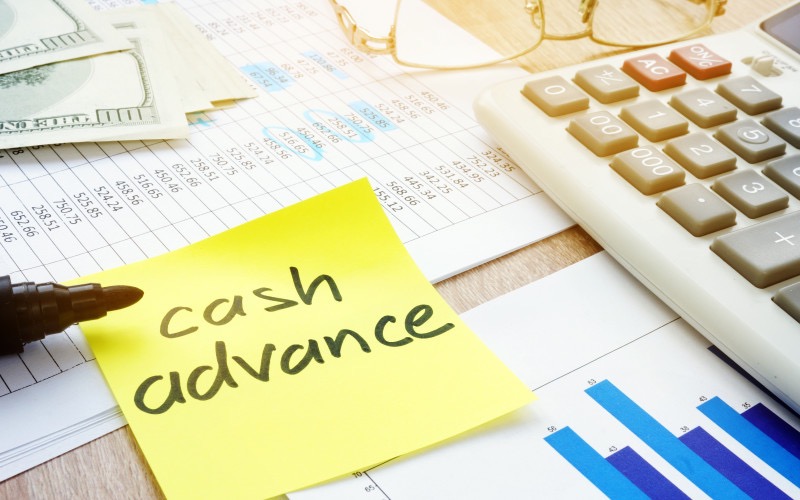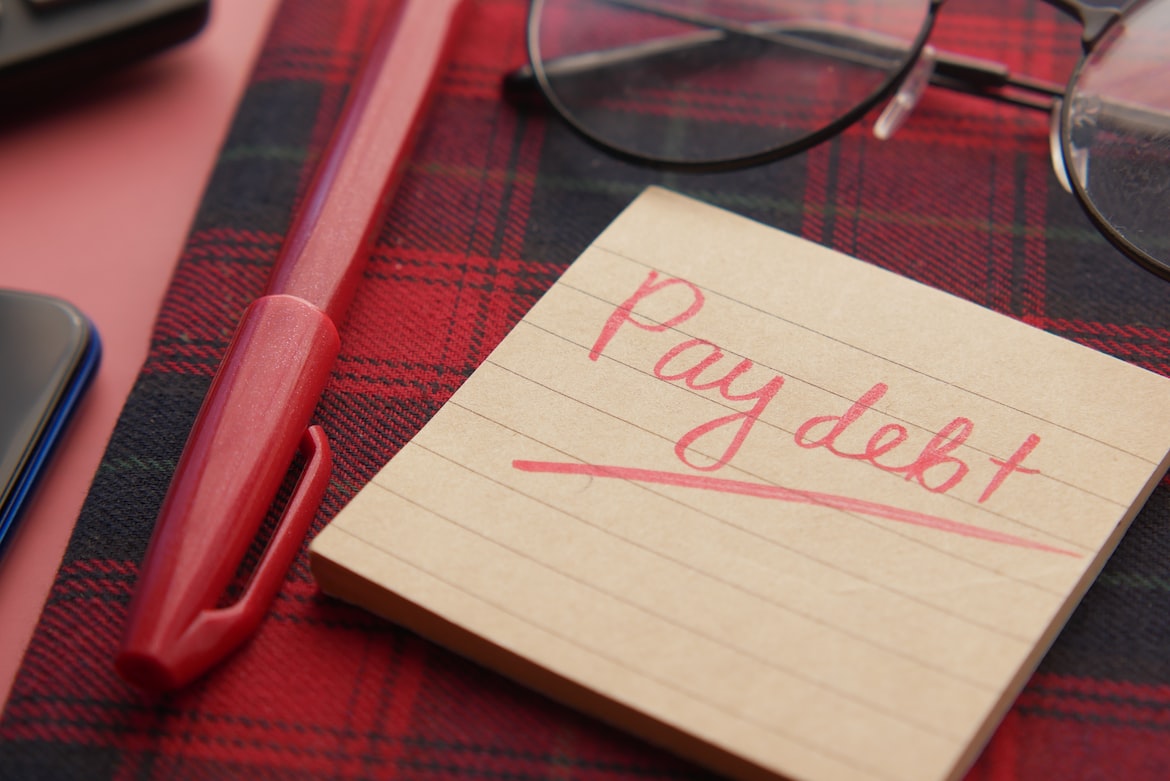Personal Loans for Students: Financing Education Without Student Loans
Key Takeaways
- Personal loans are provided by lenders instead of the federal government
- Offer more flexibility
- Help you pay for living expenses and emergency bills
- May be unable to directly pay for tuition
- Good financing method for non-traditional students

Taking out a personal loan for education costs isn’t always ideal, but sometimes it is better than federal student loans. Non-traditional students and those struggling with living expenses can benefit the most from using a personal loan for education-related purposes.
What determines personal loan eligibility? How do you build credit while in school? When are personal loans better? In this guide, we will discuss the pros and cons of using personal loans as an alternative financing method to traditional student loans.

Understanding Personal Loans for Students
Personal loans provide borrowers with a lump sum of money that is directly deposited into their account. A personal loan for students is usually used for school-related expenses, which are continuously on the rise. Personal loans for students are commonly used for:
Rent: Living expenses can be more expensive around schools. You can use a personal loan to reduce the immediate burden of rent.
Groceries: Personal loans can pay for food and other day-to-day expenses.
Books and supplies: It’s no secret that textbooks and school supplies can be expensive and even mandatory for passing courses. Students can buy textbooks, laptops, and other essential study supplies using personal loans.
Travel expenses: If you need to travel, study abroad, or commute, a personal loan can help you with transportation and travel expenses.
Emergency expenses: Medical bills and other urgent expenses can be paid for using personal loans.
SPECIAL – Tuition: Only some lenders allow you to use a personal loan directly for tuition. Using the loan for tuition when it’s not allowed by the lender can get you into trouble, so read the loan agreement carefully.
Difference between personal loans and student loans
Student loans refer to the federal loans provided by the government for college (post-secondary) tuition fees. Students can apply for federal student loans from Free Application for Federal Student Aid (FAFSA).
Benefits of Personal Loans for Students
More flexible use of funds
If you take out a personal loan, you can use that lump sum for a wide variety of purposes. Whether you need to buy textbooks, pay for living expenses, or deal with an emergency, a personal loan can help cover those costs.
Potentially lower interest rates
If you have a good credit score, it’s easier to get a personal loan with lower interest rates. This can help you save more money in the long run. Of course, many students do not have established credit yet. Make sure to compare your loan interest rates before agreeing to any type of loan.
Good option for non-traditional students
Adult learners or students who are pursuing part-time studies can benefit from taking out a personal loan for education. Traditional student loans may not be an option in these cases, but personal loans are an accessible alternative.
Cosigner options
As a student without an established credit history, it can be more difficult to obtain a loan. Even if you don’t have a strong credit profile or a long credit history, you can qualify for a personal loan with a cosigner. Having a cosigner, such as a parent or guardian, can help you qualify for loans with lower interest rates.
Credit building opportunity
There are two main types of credit scores: FICO and VantageScore. Both scoring models range between 300 and 850, with the higher the credit score, the better. Having a good (700+) or excellent (800+) credit score propels you towards a more financially secure future.
A credit score reflects your creditworthiness, which means how suitable you are to receive loans and credit extensions. One method of establishing and raising your credit score is to have active loan accounts. By showcasing to creditors that you can reliably pay off debt, you can increase your credit score.
How to Apply for Personal Loans for Students
1. Researching lenders
Personal loan providers each offer their own interest rates, loan details, and loan amounts. Choosing a suitable lender to finance your education is an important decision since it will determine your loan terms and ease of repayment.
2. Preparing necessary documents
Having the necessary documents for your loan application can speed up the process and increase your chances of success. Here are the commonly required documents and information when applying for a loan.
- Proof of address
- Two forms of government-issued ID
- Tax returns
- Bank statements
- Loan purpose
3. Application process
Most personal loan providers let you apply for a loan online, though offices are also available if you prefer going in person. Fill out the application and double-check that all of your information is correct and complete. A lender representative may help you with the process.
After you submit your application, the lender will evaluate your credit score, underwrite your loan, and give you a loan offer (if your application is accepted). Any inaccuracies or incomplete information in your application can delay the process. Monitor your application status to see whether the lender has made a loan decision or requested additional documentation.
4. Approval and disbursement
If the lender approves your loan application, they will disburse the loan amount into your bank account. This process typically takes two to five business days, though same-day personal loans and expedited loans can fund you more quickly. Some lenders will grant you the loan amount in the form of a prepaid card instead.
Eligibility Criteria
Credit score requirements
Most lenders will check your credit score to see whether you qualify for a personal loan. If you have a good to excellent credit score, it should be relatively easy to find a creditor willing to lend you money.
If you find yourself rejected by lenders due to a low or lack of credit score, it’s advisable to take action to increase your credit score. Here are some common guidelines to follow for boosting credit score.
- Pay down your credit card balance
- Make loan and credit card payments on time
- Keep old credit accounts open to increase credit history
- Be consistent with good credit practices
- Avoid too many hard credit checks in a short time
Income and employment verification
Lenders may review your income and verify your employment when assessing your loan application. If you are a young student without an employment history, you might need a cosigner or guarantor to increase your chances of successfully obtaining a loan.
Types of Expenses Covered
Books and supplies
Textbooks and other school supplies can be covered by a personal loan. The average first-year college student can expect to pay around $1,215 for course materials, such as textbooks. In many courses, new textbooks are required for completing homework. If you are having trouble affording all the necessary supplies for your studies, consider obtaining a personal loan.
Housing
A personal loan can help you pay for rent or other living arrangements. If you are renting an off-campus apartment, you can expect to pay over $11,000. If you need to buy furniture or live in an expensive city, this amount will rise even higher. Personal loans can offer a lot of value in helping you obtain the rent money for your ideal residence.
Living expenses
Students who are worried about making ends meet can consider getting a personal loan to better manage their living expenses. Being able to afford food and essentials can reduce stress and enhance quality of life. In the long run, this comfort may be worth paying the interest on a loan.
Transportation
Personal loans are an easy way to fund transportation and travel expenses. At the start of the school year, it’s advisable to estimate how much money you will need for transportation and travel. If you do not have enough funds, a personal loan may be helpful.
In addition, if you plan on studying abroad but have trouble affording the fees, a personal loan can help finance your study abroad.
Tuition and fees
While most personal loan providers forbid borrowers from using the loan for tuition, certain lenders do allow it. If you plan on using your personal loan funds directly for school tuition, be sure to check if the lender allows this.
Comparison with Federal Student Aid
Free Application for Federal Student Aid (FAFSA) is responsible for applications for federal student aid. When someone talks about student loans, FAFSA is typically the source of this financial aid.
General eligibility requirements
Prospective college students need to meet the minimum requirements before they can apply for FAFSA. For example, a student needs to:
- Showcase a financial need for need-based aid
- Be a U.S. citizen or an eligible noncitizen
- Are enrolled in an eligible degree or certificate program
- Maintain satisfactory academic progress in college
- Have a valid Social Security number
- Prove that you are not already in default on a federal student loan
On the other hand, a personal loan generally requires you to have a sufficient credit score, income, and collateral assets (when applicable). If you do not meet the eligibility requirements for FAFSA, a personal loan can be an invaluable alternative that funds your education.
Interest rates
Personal loans typically have higher interest rates than traditional student loans. Your credit score will affect your personal loan interest rate.
Repayment terms
Personal loans are usually more flexible than student loans when it comes to repayment terms. You can easily choose your loan tenure, which affects your monthly loan installments and ease of repayment.
Loan forgiveness
Student loans may be forgiven, especially if you expect to meet the requirements of Public Service Loan Forgiveness (PSLF). To qualify, requirements that must be met include:
- Working full-time for a U.S. federal, state, local, or tribal government
- Having Direct Loans (or federal student loans that can be consolidated into one)
- Having paid the equivalent of 120 monthly installments under an accepted repayment plan
Default consequences
Defaulting on a federal student loan is a serious financial consequence. Your wages can be garnished without a court order. You can lose tax refunds and Social Security checks. You will also be banned from further federal student aid. In some cases, you could even end up in jail.
On the other hand, defaulting on a personal loan will hurt your credit score and finances. However, the consequences are generally less dire than if you defaulted on a federal student loan.

Repayment Options
Deferred payments
Student loans can be deferred. This means that for a designated period, you won’t need to make student loan payments. Usually, students don’t need to start making payments until after they have graduated. This gives them more breathing room to pay back the debt.
Interest-only payments during school
When paying back a student loan, you may want to prevent your balance from ballooning by making interest-only payments while you’re still in school. This decreases how much you need to pay each month, reducing your burden as you focus on your studies.
Building Credit While in School
Responsible borrowing
While personal loans are an accessible way to finance hefty expenses, it’s important to adhere to the loan agreement and consider your repayment capacity. Managing a loan well can help you effectively build credit in the long run. However, missing payments or defaulting on a loan can hurt your creditworthiness.
Timely payments
Repaying money on time can be challenging. Making a timely payment prevents your credit score from taking a hit.
If you struggle with deadlines, it’s a good idea to use reminders and other strategies to ensure you make your loan payments on time. Treat paying off your loan as a necessity, just like rent, utility, and food.
Monitoring credit reports
You can check your annual credit report on AnnualCreditReport.com to see your credit scores. You can also use free credit monitoring services to track credit changes.
Risks and Considerations
Interest rates
Compare your potential interest rates before making a borrowing decision. Since education often requires a fund of thousands of dollars, this large amount means that more interest can accumulate. Understand how much interest you can expect to pay on a loan before signing a loan agreement.
Recently, federal student loans have had interest rates between 2.75% and 5.5%.
Loan fees
Your lender may impose certain fees that increase your overall cost of borrowing, such as:
- Origination fee
- Late payment fee
- Early repayment fee
Impact on credit
If you default on your loan or miss payments, your credit score can take a substantial hit up to around 100 points.
Alternatives to Personal Loans
Scholarships and grants
Schools and organizations may provide scholarships and grants to students who apply. Make sure to see whether your school offers any.
Work-study programs
Many colleges have work-study programs that allow students to earn money while studying. These programs usually involve part-time, on-campus jobs.
Part-time employment
While studying at college, finding a part-time job that isn’t too demanding can be a good way to earn money.

Summary
In general, the cost of borrowing personal loans is higher than obtaining a student loan. Student loans are usually better for tuition fees. However, for prospective students who cannot qualify for a federal loan or face financial hardship, a personal loan becomes a valuable financing method.
Remember to carefully consider your choices. Between working part-time and applying for loans, there are many funding options for your post-secondary education.
Not sure where to start? Here are some of our top lenders.

